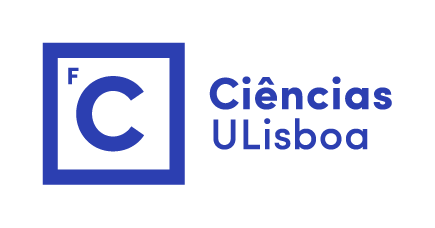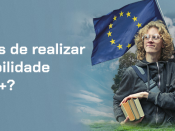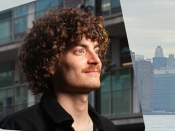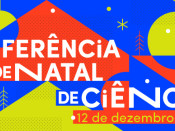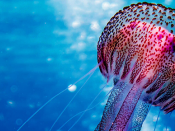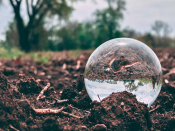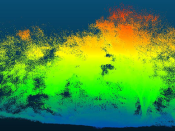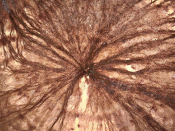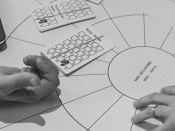Por Rui Travasso (CFisUC, Departamento de Física, Universidade de Coimbra, Portugal).
One of the most fundamental abilities required for the sustainability of complex life forms is active cell migration, being essential in diverse processes from morphogenesis to leukocyte chemotaxis in immune response. The movement of a cell is the result of intricate mechanisms, that involve the coordination between mechanical forces, biochemical regulatory pathways, and environmental cues. We will present how adhesion can influence cell migration and cell morphology in different contexts. We start by exploring how adhesion and spatial restriction affect migration of a self-propelled droplet in dense fibrous media. Implementing a phase-field model, we have measured in our simulation the cell's velocity and quantified its morphology as a function of the fibre density and of its adhesiveness to the matrix fibres. We then apply the model to tackle epithelial cell basal extrusion in the context of hereditary diffuse gastric cancer. In this disease, E-cadherin-defective cells can be detected invading the adjacent stroma since very early stages. We have demonstrated that, aside from loss of cell-cell adhesion, increased matrix attachment further improves cell extrusion efficiency. Importantly, we were able to show that the cylindrical structure of gastric glands is a major factor in the cell’s ability to disseminate, and that cell migration is as effective as tissue curvature allows. We then use this model to explore polarization and dynamics of endothelial cells in a blood vessel. We show that we can simulate the endothelial cell polarization and shape in a vessel by assuming that endothelial cells migrate in the blood flow direction with variable velocities. We further explore cell morphology during spouting angiogenesis. Finally, we present the alterations in red blood cell morphology resultant from erythrocyte-erythrocyte adhesion forces in the presence of fibrinogen. These forces were quantified and matched with experimental data. The changes observed on erythrocyte-erythrocyte interactions may give important insights about the pathophysiological relevance of fibrinogen and erythrocyte aggregation, since an increment on both may induce an impairment in microcirculatory blood flow.

